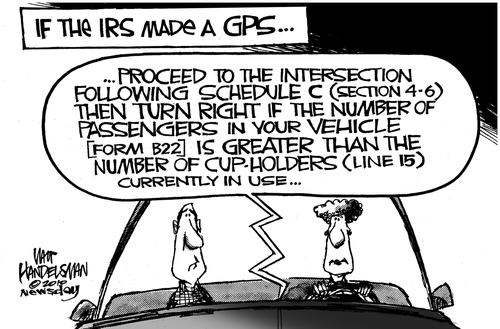
— Tabitha Beck, Director of Research —
Most people breathe a sigh of relief when tax season ends every year. They’ve navigated the complex rules and reporting requirements, and met the Internal Revenue Service (IRS) deadline. For many low-income Americans, their sigh is deeper. To them, tax returns are a vital component to bridging the gap to self-sufficiency. For low-income working parents, their largest source of refund is often the Earned Income Tax Credit (EITC). Depending on income and number of children, a family could receive nearly $6,000 from EITC. According to the Center for Budget and Policy Priorities, research indicates that EITC is used to pay for necessities, home repairs, vehicle maintenance for commuting to work, and obtaining education or training to increase employability and earning power.
IRS data show that approximately 20% of eligible people do not claim the EITC. This is critical given that the credit lifts 6.6 million people out of poverty every year. The Community Service Block Grant (CSBG) Network is integral in helping low-income people file taxes and claim eligible credits. Over the last several years, the Network has helped 350,000 – 400,000 people claim their credits each year, and preliminary FY 2011 data show these efforts holding steady.
Statewide networks of Community Action Agencies (CAAs) are the perfect venue for ensuring that as many eligible families receive the credits as possible. Some state CAA associations, such as Utah and Idaho, operate statewide coalitions; other CAAs receive Volunteer Income Tax Assistance (VITA) grants individually; and still other States and agencies partner with organizations who are the grant recipients.
State Administrators/Directors of CSBG and CAA Staff —
These programs are great sources for success stories that show how effective the CSBG Network is when it comes to promoting economic security for all. Just remember to frame your story properly and focus on the services offered by your State or agency to improve conditions for low-income people in your communities. For additional story writing tips, please see NASCSP’s storytelling brochure and guidebook.
What do you do once you have a success story? Submit it in the comments section below this post or e-mail Tabitha Beck at tbeck@nascsp.org.





